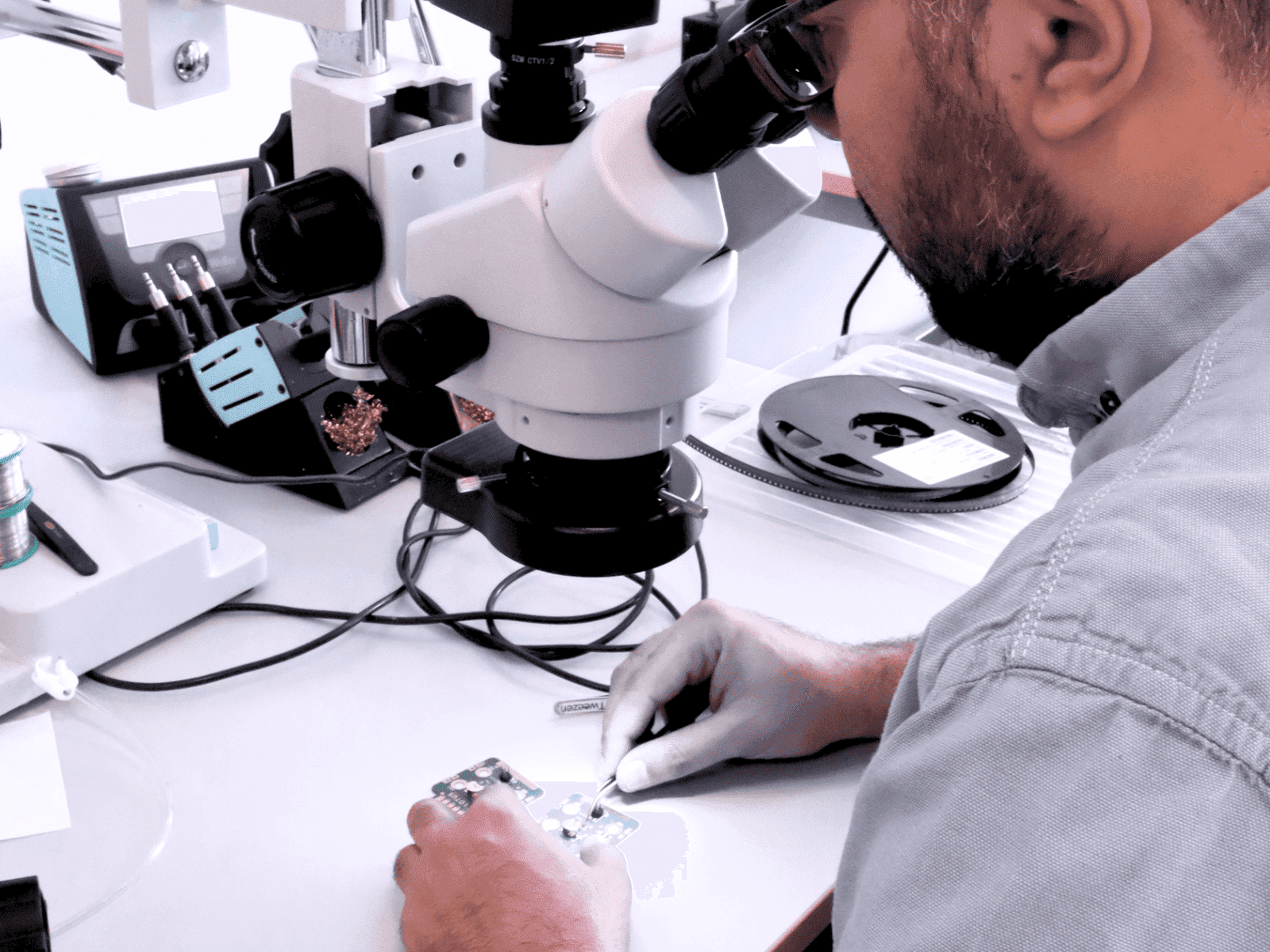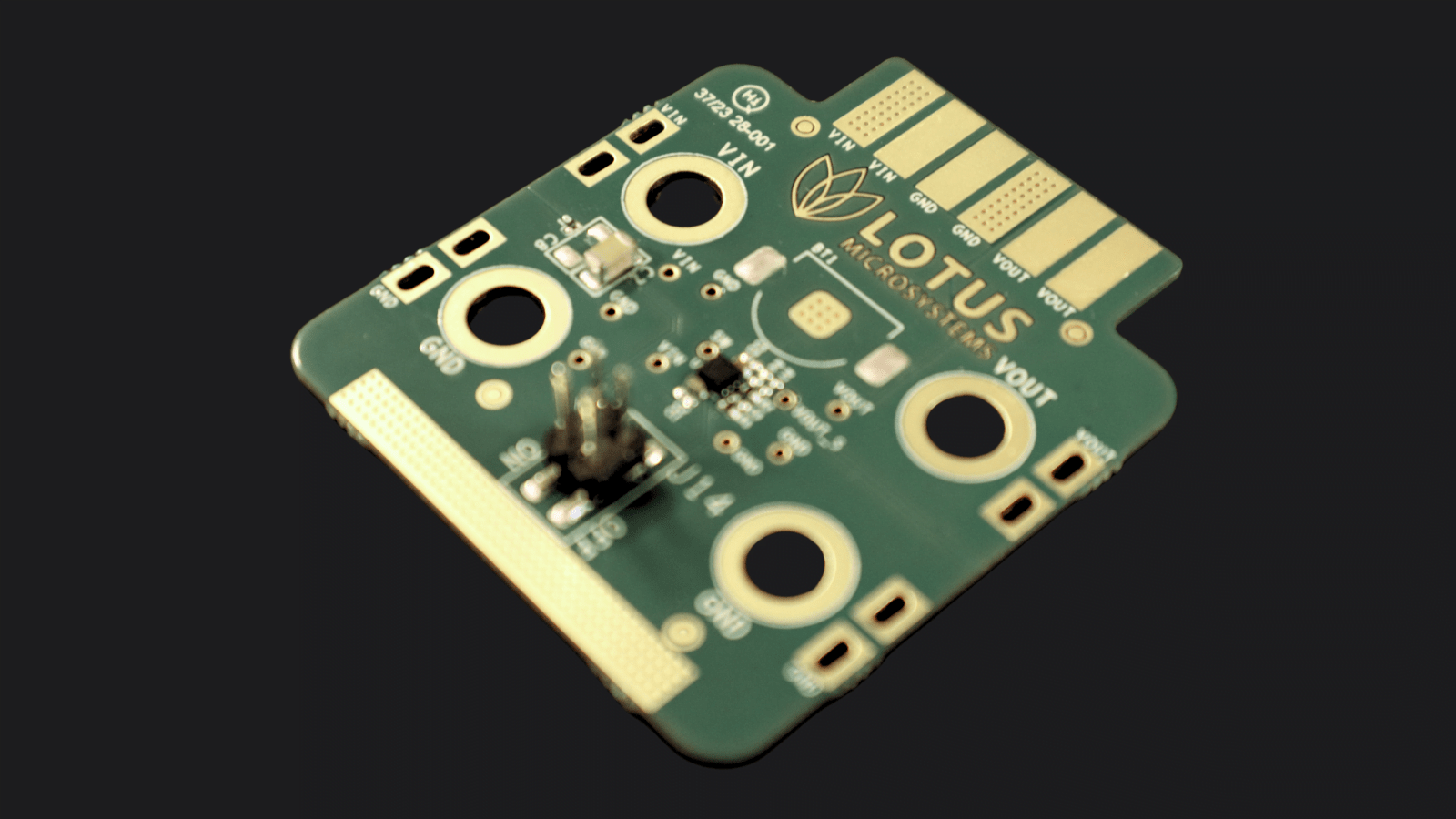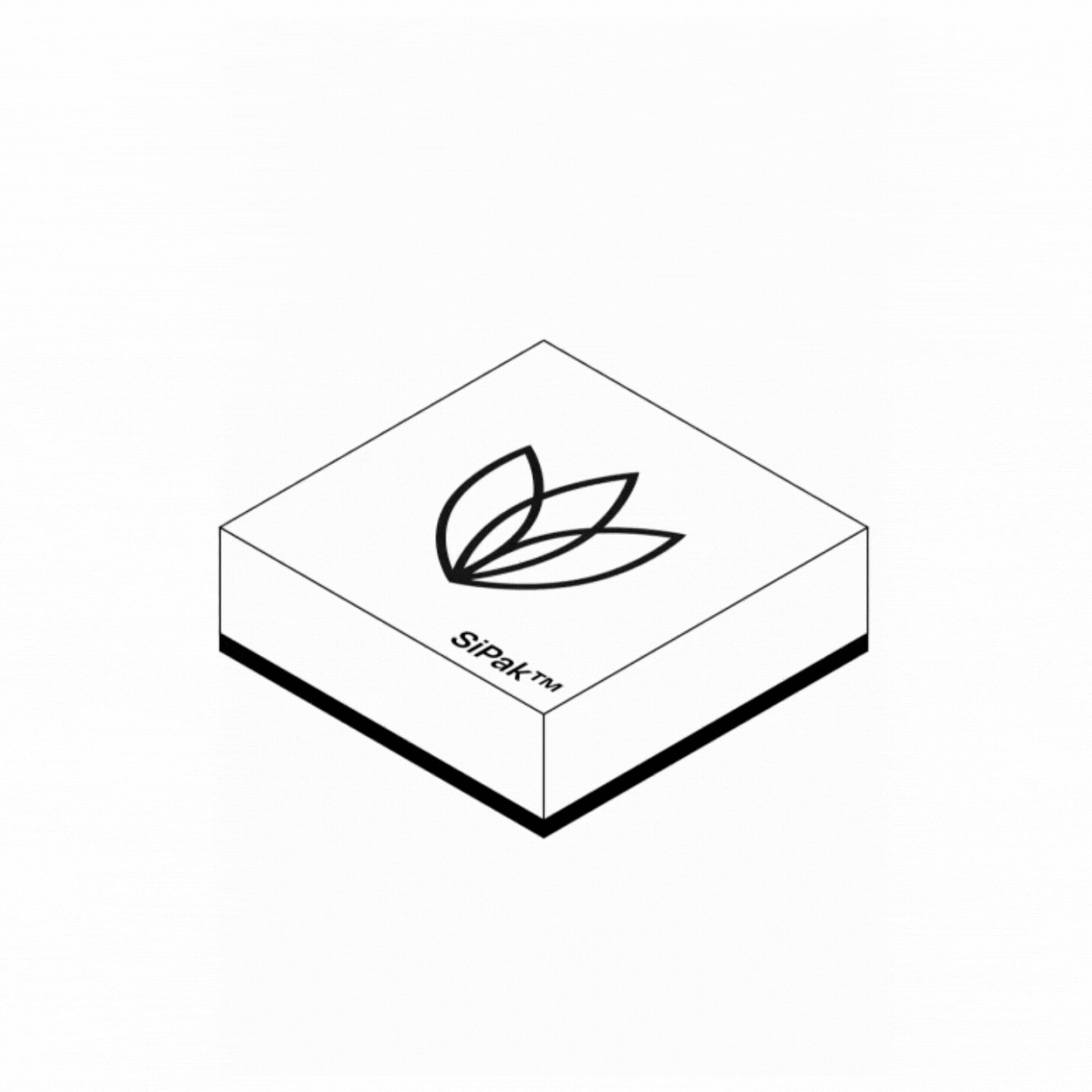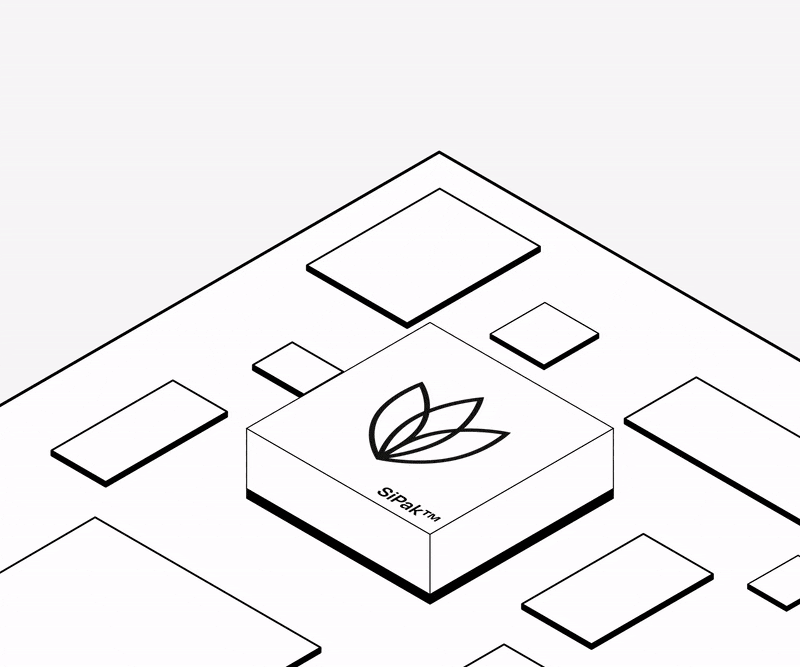
In recent years, a hefty demand for microchips has cast a heavy cloud on production and delivery of electronics.
To meet this demand, Lotus Microsystems has revolutionized the traditional approach to chip design.
With Nordcads quick and on-demand support, and proficient training, Lotus Microsystems can efficiently use their schematic and PCB design tools to meet customer needs and deadlines.


Sebastian is the application engineer at Lotus Microsystems. Amongst many other responsibilities, he develops evaluation boards for clients to test the company’s products. Providing their chips on evaluation boards, Lotus ensures their customers have the means to thoroughly assess their products to determine if they align with their requirements and specifications.
Engaging in technical dialogues with customers, Sebastian adeptly guides them on leveraging Lotus' products and identifying applications within their systems where they can harness the product's benefits. Additionally, he spearheads the development of the platform that will serve as the workspace for customers utilizing Lotus' products.
These evaluation boards have two main criteria:
To accomplish this, he deftly utilizes OrCAD Capture and PCB Editor - although these tools, while powerful, present a steep learning curve. Even with experience, navigating these complexities can prove challenging at times.
Sebastian occasionally finds himself seeking creative solutions to align with design goals or establishing rules to ascertain the physical feasibility of the design.

Here, the invaluable support provided by Nordcad comes to the fore, swiftly resolving challenges that would otherwise impede progress. Instead of spending precious time scouring forums or waiting for responses, Sebastian can rely on Nordcads hotline support for immediate assistance.
Sebastian's satisfaction with Nordcad extends beyond their support services; he's also found the training courses to be excellent, enhancing his design knowledge and proficiency with the tools.
Nordcad's support team provides timely and personalized assistance, ensuring that Lotus Microsystems' application engineer quickly overcomes any obstacles encountered during the design process.
Issues that could cause delay and frustration are resolved swiftly, allowing him and the rest of the team to focus on innovation and meeting customer demands. This allows Lotus Microsystems to continuously deliver high-quality products efficiently and on schedule, solidifying their reputation as a revolutionary leader in chip design.
Additionally, Nordcad's comprehensive training programs equipped the team with the skills and knowledge needed to maximize the potential of their OrCAD tools.
When we talk about chip design, there are three key criteria for a successful product that can withstand the requirements of future electronics:
Lotus Microsystems has succeeded in all three criteria.
Small devices today, like smartphones, are packed with components like microprocessors and sensors. Regardless of how advanced our gadgets are, they still face the same challenge: they need a power converter that can handle the flow of electricity from the battery to all the different functions. The more functions, the less space available.
But here's the real kicker: as our devices become filled with more functionality, space on conventional PCBs continue to shrink. And when things are squeezed together, the temperature rises. This means we need new materials that can withstand the heat when the power converter needs to be smaller and more compact.
In today's power converters, you'll find a central chip surrounded by a series of external components. These are pretty good at handling heat, primarily because they have a certain size. However, if you try to shrink them with current technology, they get quite hot.
Lotus Microsystems’ power converter, measuring only 2.2 mm in length and 1.2 mm in height, is a real game changer.
What is often needed to make a power circuit work are large passive components, and you can't fit them onto the chip the way you want to get a highly integrated and efficient solution.
You can, however, pack the passive components including the chip onto a substrate and then encapsulate the whole thing, and that's what Lotus Microsystems does.
Traditionally, many will use a laminate substrate, e.g., FR4, which PCB materials are made of. Lotus uses a silicon substrate instead.
The choice of material has many crucial advantages: firstly, the converter can be quickly put into production, as silicon is the preferred material choice for semiconductors in microchips.
This also enables better integration possibilities, potentially reducing the size of the power converter by up to 72% compared to current products on the market.


It’s also more sustainable, and conducts heat much more efficiently than fiberglass does. This is the key to how they more effectively manage heat away from the chip and the passive components.
Compared to the state-of-the-art power module packaging based on laminate substrates and lead frames, the Lotus Power Interposer™ offers up to 60% improvement in thermal performance, with elimination of hot spots.
That allows for higher power density and less derating for the same maximum allowable temperature on the application platform.
Meanwhile, Lotus is on the cusp of a significant breakthrough, developing a specialized component that integrates three patented technologies. This component is poised to revolutionize the market, with prototypes already in existence at the conceptual stage.
Looking ahead, Sebastian eagerly anticipates delving into OrCAD X, and is optimistic that it will streamline many aspects of his workflow and further enhance productivity.